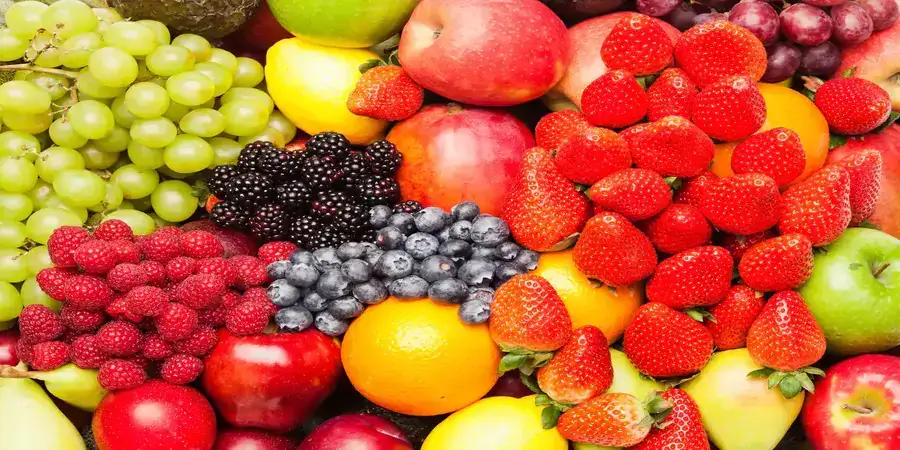As health and wellness trends evolve, consumers are changing their perspective on nutrition products. They demand informed choices that address malnutrition or obesity without confrontation.
Nutrition remains a major public health concern worldwide. Parts of Africa and Asia battle hunger and malnutrition. Yet regions like North America struggle with obesity. Implementing and scaling solutions to ensure nutritious food access and break the cycle of malnutrition and poor health is crucial. Recent nutrition developments are highlighted below.
Global Paradox: Malnutrition and Obesity Coexist
A global paradox persists – undernutrition and obesity coexist within countries. Food insecurity can increase obesity and overweight risks. Limited food access, high costs of nutritious foods, and living stress are common causes. Physiological variations from chronic deprivation also spark individual malnutrition and obesity illnesses.
According to UN reports, about 821 million adults, or one in nine, suffered from hunger in 2017. Meanwhile, 672 million adults, or one in eight, were obese. Of children under five years old, 150.8 million (22.2%) had stunted growth, and 38.3 million (5.6%) had high weight for height. Additionally, 32.8% of women of reproductive age had anemia.
While adult obesity is worsening with rising overweight rates in North America, Africa and Asia show upward trends too. India’s nutrition sufficiency ranks 100th out of 118 countries, signaling deprivation growth despite slow progress on malnutrition.
Digestive Wellness Takes Center Stage
Most health professionals believe wellness depends on digestive health. Consumers want maximum benefits from foods, demanding products that claim digestive wellness through new ingredients and preparation science.
The “free-from” food trend grows, like sugar-free, dairy-free, gluten-free and no added flavors. Some want added prebiotic fibers or probiotics. The International Scientific Association of Probiotics and Prebiotics (ISAPP) spreads awareness and understanding. Fermented foods like yogurt are considered functional.
Brands like Huel and Innermost offer complete nutritional meal replacement drinks, popular in the Silicon Valley Diet tech community. If global health agencies take initiative, similar affordable products can reach the masses.
Personalized Nutrition Shapes the Future
Personalized nutrition persists as people recognize differing needs. It brings customized food patterns mass-scale, like individual dietitians do. More inputs and brand investment are needed for product development.
Consumers grow more knowledgeable about readymade food effects and personal dietary requirements. Demand rises for personalized products like food allergies and intolerances.
Personalized nutrition advances are mostly technology-driven, waiting for science. Soon, technologies like wearable trackers and DNA testing can enable tailored nutrition.
Packaging also personalizes, with labels using familiar ingredients like “orange juice” versus scientific names.
Nutritional Supplement Market Growth
Nutritional supplements provide essential nutrients for better body functioning through herbs, meal replacements, sports nutrition, and more. They improve diet nutrition, boost health and energy. Retail and pharmaceutical innovation, retail modernization, and products supporting immunity and illness risk reduction drive market growth.
Technology to the Rescue
State healthcare policies must focus on infants, young children, adolescent girls, and women who face poor food quality consequences. Consumers want health, wellness, and transparency. Trusted, familiar ingredients should be used in supplements.
Food habits and nutrition availability cause health issues in vulnerable groups. Technology improves healthy food access from farm to home. For example, vacuum freeze drying fully dehydrates fruits and vegetables into stable, flavorful powders. Financially viable plans can leverage technology to bring healthy foods home.




